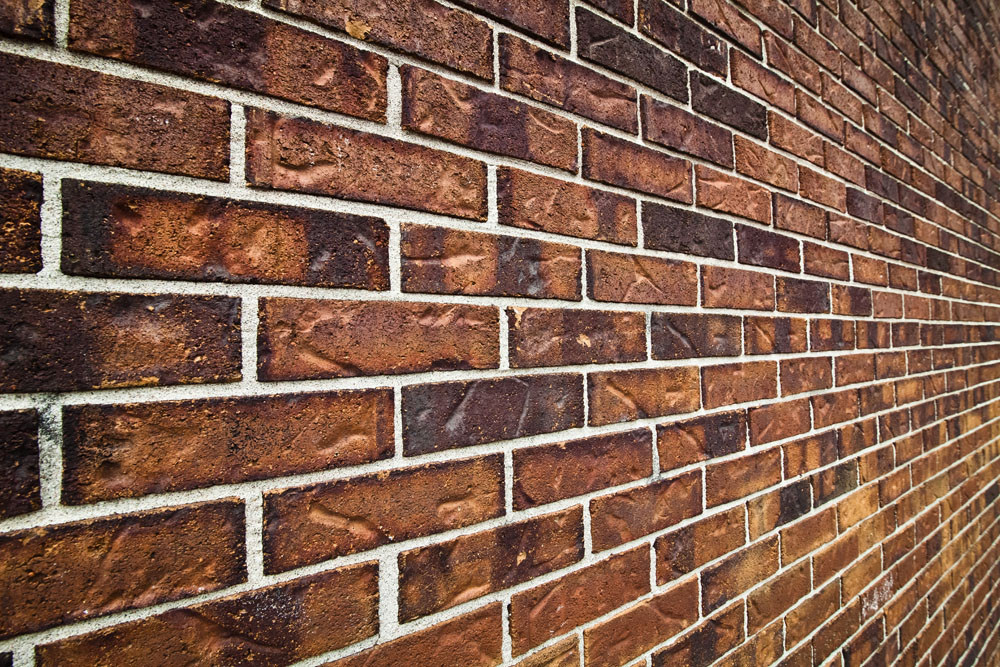Introduction
In the intricate world of construction, the relationship between architects and masonry contractors is akin to a finely tuned orchestra. Both parties play crucial roles in transforming conceptual blueprints into tangible structures, but their collaboration extends beyond mere execution. This article delves deep into “The Collaborative Efforts Between Architects and Masonry Contractors”, showcasing how these professionals harmonize their skills for outstanding results.
Understanding this partnership is vital for anyone involved in construction, design, or real estate development. As we explore various aspects of this collaboration, it becomes clear that the synergy between architects and masonry contractors not only masonry construction enhances project outcomes but also fosters innovation and sustainability in building practices.
The Collaborative Efforts Between Architects and Masonry Contractors
When we speak about “The Collaborative Efforts Between Architects and Masonry Contractors”, the first thought that comes to mind is communication. Effective dialogue establishes a strong foundation upon which successful projects are built. Architects envision designs while masonry contractors bring those visions to life through precise craftsmanship.
Why Collaboration Matters
Collaboration isn't just beneficial; it's essential. Here’s why:
- Enhanced Creativity: When architects work closely with masonry contractors, they can explore innovative materials and techniques that might not be apparent in isolation. Problem Solving: Challenges arise during construction; having both parties engaged allows for quicker resolutions. Quality Assurance: Continuous communication ensures that the project maintains high standards throughout its lifecycle.
Key Phases of Collaboration
1. Conceptual Design Phase
During this initial phase, architects sketch out ideas based on client needs, regulations, and site conditions. Here’s where input from masonry contractors can prove invaluable:
- Material Selection: Masonry contractors can offer insights into available materials and their performance characteristics. Cost Estimation: Early involvement helps in providing accurate cost estimates, allowing for budget adjustments if necessary.
2. Detailed Planning
After conceptual designs are approved, detailed plans emerge:
- Technical Specifications: Collaboration here includes refining details like load-bearing walls or decorative elements using bricks or stones. Regulatory Compliance: Both parties must ensure that designs comply with local building codes and regulations.
3. Construction Phase
During construction, communication remains pivotal:

- On-Site Coordination: Regular meetings ensure that everyone is aligned regarding progress and timelines. Adjustments on the Fly: If issues arise—like unexpected soil conditions—having both groups collaborate leads to effective solutions without compromising design integrity.
Best Practices for Effective Collaboration
To maximize the benefits of collaboration between architects and masonry contractors, consider these best practices:
Regular Communication:- Schedule consistent updates. Use collaborative tools for sharing documents and drawings.
- Acknowledge each other's expertise. Foster an environment where feedback is welcomed.
- Approach challenges as a team. Brainstorm possible solutions together.
- Organize workshops to keep everyone updated on new technologies or materials.
- After project completion, reflect on what worked well or what could improve future collaborations.
The Role of Technology in Enhancing Collaboration
Technology has revolutionized how architects and masonry contractors interact:
Building Information Modeling (BIM)
BIM software enables both parties to visualize projects in a shared digital environment:
- Allows real-time updates Facilitates better planning by simulating construction processes
Project Management Tools
These tools streamline communication by centralizing information:
- Task assignments Timeline tracking Document sharing
Virtual Reality (VR) & Augmented Reality (AR)
Innovative technologies allow stakeholders to experience designs before actual construction begins:
- Helps clients visualize final outcomes Enables faster feedback loops between architects and masonry contractors
Sustainability Through Collaboration
As sustainability becomes a key focus in construction, the partnership between architects and masonry contractors takes on further significance:
Eco-Friendly Materials
Collaborating on selecting sustainable materials can significantly reduce environmental impact:
Recycled Brick Options Sustainable Stone Sourcing Local Materials UsageEnergy Efficiency Considerations
Architects can incorporate energy-efficient features while masonry contractors implement them during construction:
- Insulated wall systems Solar-reflective roof options
Waste Reduction Strategies
By working together during planning stages, both groups can devise strategies to minimize waste production throughout the project lifecycle.
Case Studies Highlighting Successful Collaborations
Let’s take a closer look at some notable projects showcasing effective partnerships between architects and masonry contractors:
1. The Green Building Initiative (GBI)
This initiative aimed at constructing eco-friendly buildings leveraged strong collaborations at every stage—from concept through execution—resulting in reduced carbon footprints across multiple sites.
2. Urban Revitalization Projects
Many urban areas have seen revitalization thanks to partnerships focusing on preserving historical aesthetics while incorporating modern functionality using advanced masonry techniques.
FAQs About Collaborating with Masonry Contractors
What should I look for when hiring a masonry contractor?
Look for experience, portfolio quality, certifications, references from previous clients, and their understanding of architectural requirements.
How can I ensure effective communication between my architect and masonry contractor?
Establish regular meetings from the start of the project where both parties discuss progress openly; utilize digital tools for constant updates.
Are there specific types of projects where collaboration is more critical?
Yes! Complex architectural designs benefit greatly from close collaboration due to their intricate nature requiring continuous input from all involved parties.
What role does local legislation play in collaborations?
Local building codes significantly influence design specifications; hence, both architects and masonry contractors must remain informed about regulations impacting their projects.
How do changes during construction affect collaboration?
Changes may necessitate immediate discussions among all stakeholders; maintaining open lines of communication helps mitigate delays caused by alterations or unforeseen challenges.
Can collaborations lead to innovation in building practices?
Absolutely! When professionals share insights freely throughout all phases of a project—the result often leads to novel techniques not previously explored individually!
Conclusion
In conclusion, “The Collaborative Efforts Between Architects and Masonry Contractors” symbolize more than just teamwork—they represent an intricate dance of expertise blending creativity with craftsmanship resulting in awe-inspiring structures that stand the test of time! Successful collaborations hinge upon communication, respect for one another's knowledge base coupled with innovative uses of technology tailored towards sustainable practices benefiting future generations alike!
Ultimately it’s through this partnership that remarkable buildings emerge—ones not simply created but rather crafted as legacies reflecting our shared commitment towards excellence within architecture & construction realms alike!